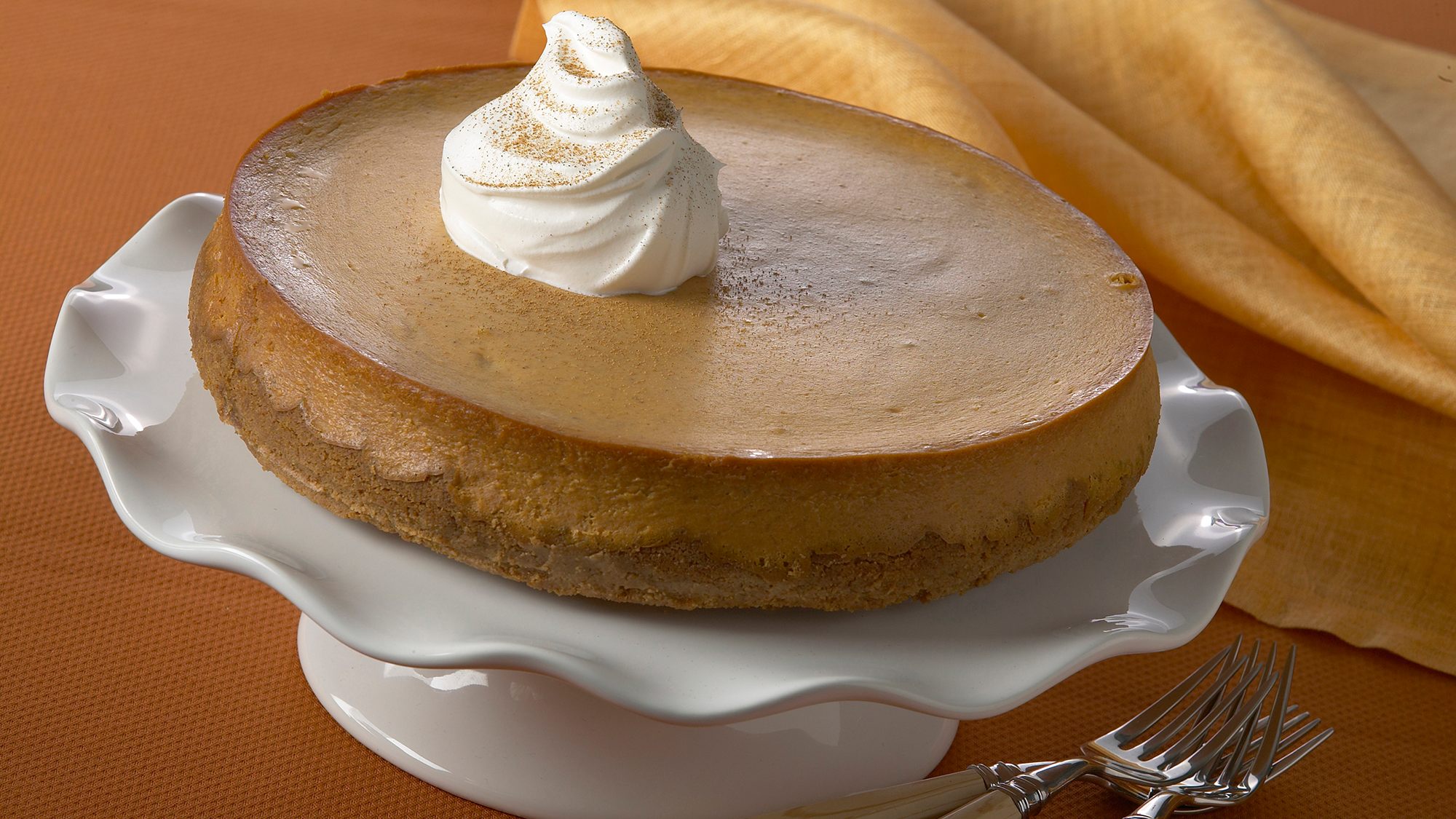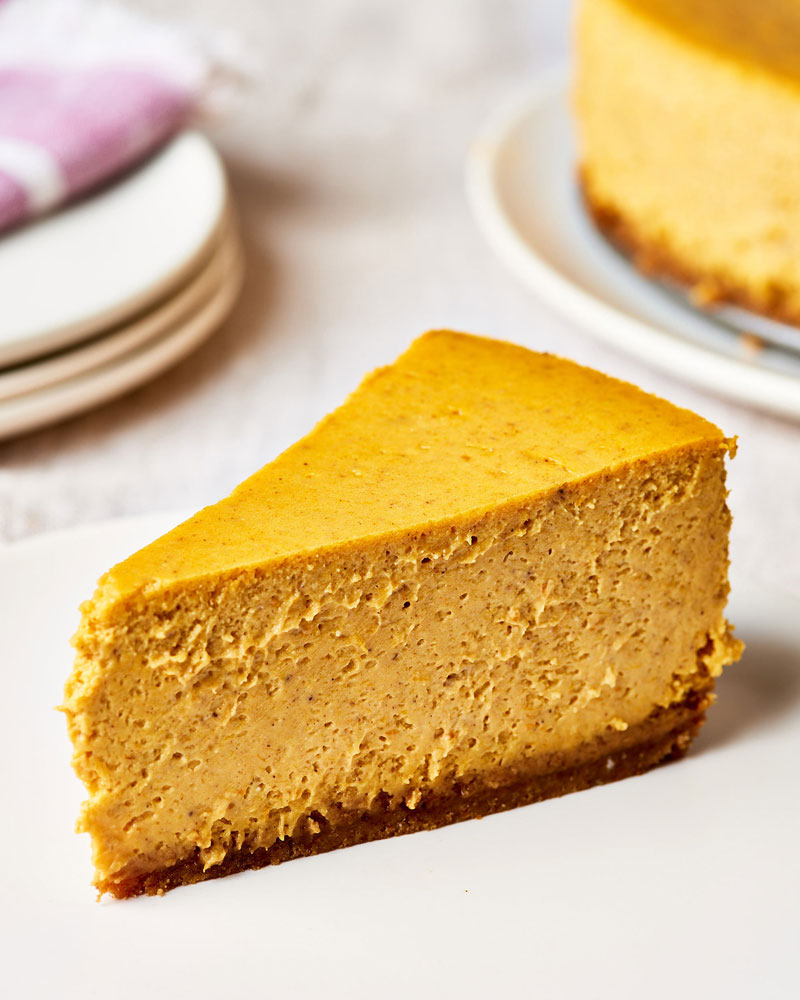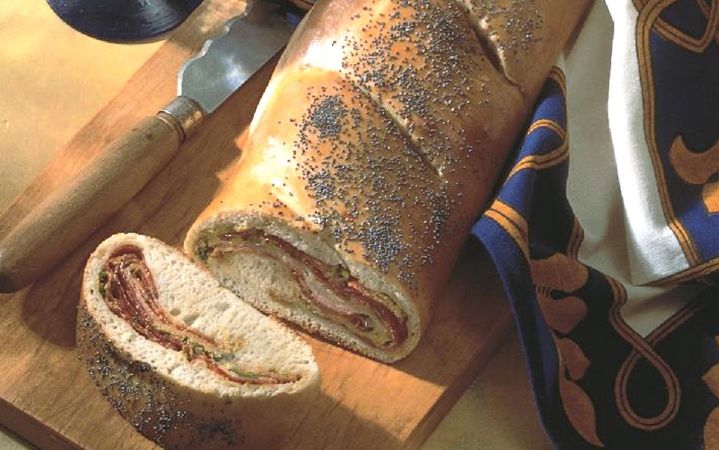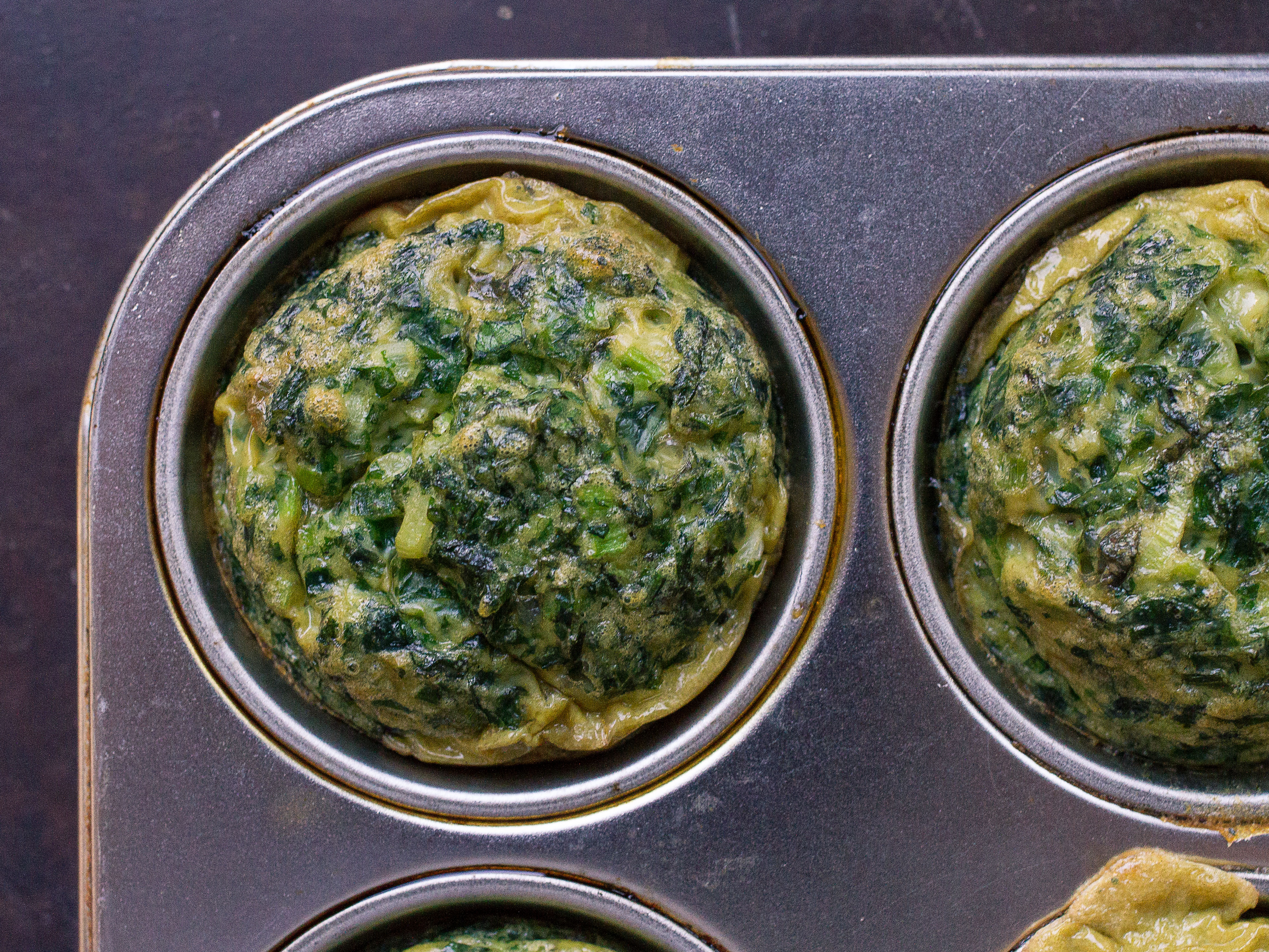Pumpkin cheesecake has become a fall and winter dessert classic for good reason. The lively, familiar spices of classic pumpkin pie are balanced by the cool and creamy goodness of a New York-style cheesecake.
The combination makes each bite memorably delicious and worthy of any celebration -- especially Thanksgiving.
Pumpkin cheesecake is easier to make than you think. Even if you have never made a cheesecake or pumpkin pie before, this is a dessert that is within your reach. This recipe was designed to work for the novice baker and the seasoned cook.
Photo: McCormick
5 keys for pumpkin cheesecake success
1. Use sour cream for flavor and texture. This cheesecake is designed to have a fluffy, but not airy, texture. Sour cream does the job better, and for taste, it's a necessity to balance the sweetness of the batter. If you love using heavy cream, keep the proportion the same and add two to three more tablespoons of cornstarch.
2. Mix the cream cheese and sugar until smooth and fluffy. The cream cheese, sugar and cornstarch mixture needs to be mixed until it is very, very smooth, pale and fluffy. Make sure to scrape the bottom and side of the bowl, and watch out for cream cheese that seems to stick toward the top of the bowl. This ensures the final cheesecake is silky, fluffy and creamy.
3. Bake the cheesecake in a water bath for consistent, creamy results. A water bath, or bain-marie, is a classic French baking technique, and it is used for baked custards of all sorts to ensure that the heat of baking is gentle and consistent (read: eggs don't curdle, and custards set beautifully). Cheesecake at its core is a type of custard, and using a water bath ensures the best and most consistent result.
4. Cool the cheesecake slowly in the oven. If you have never made a cheesecake, this is a peculiar direction, but it is very important. Turn off the oven but leave the cheesecake in to cool down slowly for one hour. Some bakers believe that you can prevent the top of cheesecakes from cracking if you slow down the cooling process. I don't know that it always works to prevent cracks, but it certainly allows for the filling to slowly finish cooking, so it remains delicate in texture and doesn't sink in at all.
5. Make it ahead. To ripen a cheesecake means to make it a day or so in advance. Some argue that it allows the flavors to meld together better, some believe the long chill lets the cake firm up long enough to cut with ease, and some do it out of tradition. All are probably correct, and I know from experience that this step is a part of the "cooking" process that can't be skipped. With a pumpkin cheesecake, which is extra-moist, one day is plenty. Three days is a bit too much and will lead to a soggy bottom. This make-ahead requirement also happens to makes serving cheesecake at events which require a ton of cooking -- like holiday meals -- an easy and always-welcome treat.
Pumpkin Cheesecake
Makes 1 (8- to 9-inch) cheesecake
Serves 12
For the crust:
12 whole graham crackers, or 1 1/2 cups graham cracker crumbs
1/4 cup granulated sugar
1/2 teaspoon kosher salt
6 tablespoons unsalted butter, melted
For the filling:
3 (8-ounce) packages cream cheese, at room temperature
3/4 cup packed light brown sugar
2/3 cup granulated sugar
3 tablespoons cornstarch
1 (15-ounce) can pumpkin puree (not pumpkin pie filling)
3/4 cup sour cream, at room temperature
1 tablespoon pumpkin pie spice
1 tablespoon vanilla extract
4 large eggs
2 large egg yolks
1. Prepare the pan for baking. Arrange a rack in the middle of the oven and heat to 350 F. Wrap 2 layers of aluminum foil around the outside of an 8- or 9-inch springform pan; set aside.
2. Make the crust. Break up the graham crackers along their lines and place in the bowl of a food processor fitted with the blade attachment. Add the sugar and salt, and process until the graham crackers are very finely ground, about 30 seconds.
3. Drizzle in the butter, and pulse just until the crumbs are evenly moistened, 5 to 10 pulses. (If starting with graham cracker crumbs, just stir all the ingredients together in a medium bowl.) Transfer the crumbs to the prepared pan, press onto the bottom (not the sides), and flatten with the base of a drinking glass.
4. Bake the crust. Bake until fragrant, 8 to 10 minutes. Place the pan on a cooling rack and cool completely. Reduce the oven temperature to 300 F.
5. Start the filling. Place the cream cheese, brown sugar, granulated sugar and cornstarch in the bowl of a stand mixer fitted with a paddle attachment, or if using an electric handheld mixer, in a large bowl. Beat, starting at medium speed and gradually increasing to high, until creamy, fully combined, and fluffy, 4 to 5 minutes. Stop and scrape down the bottom and sides of the bowl as needed.
6. Add the pumpkin puree, sour cream, pumpkin pie spice and vanilla, and mix on medium-low speed until fully combined and smooth, scraping down the bowl as needed.
7. Gradually add the eggs and egg yolks one at a time, stopping to scrape down the sides and bottom of the bowl after each addition, until fully incorporated.
8. Place the springform pan in a baking pan that is at least 1 inch deep and at least 1 inch wider than the springform on all sides (a 15.5- by 10.5-inch jellyroll pan or 8- by 12-inch half-sheet pan will work). Transfer filling to the cooled crust and spread into an even layer.
9. Put the cheesecake in the oven and make a water bath. Have a few cups of room temperature water ready. Pull out the oven rack, and place the baking pan and cheesecake on it. Carefully add the water to the outer pan until it comes to about 3/4 inch up the side of the springform, being careful not to splash water onto the filling. Carefully push the oven rack all the way back in, trying not to splash the water, and close the oven door.
10. Bake until the edges of the cheesecake are set but the center still jiggles just a bit, 65 to 80 minutes.
11. Turn the oven off. Let cheesecake sit in the oven for 1 hour.
12. Cool the cheesecake completely. Remove the cheesecake from the water bath, transfer to a wire cooling rack, remove the foil, and let cool for 1 hour. (Do not remove the ring from the pan.)
13. Cover the pan loosely with plastic wrap, and refrigerate until completely cold, at least 24 hours and up to three days.
14. Uncover the cheesecake. Release and remove the ring of the springform. Transfer the cheesecake, still on the bottom of the pan, to a cake or serving plate. Cut into slices with a long, sharp knife (not a serrated one), rinsing and drying the knife with warm water between each slice for picture-perfect cuts.
Recipe notes: The cheesecake can be made, covered, and refrigerated up to three days. It can also be frozen, wrapped well, for up to one month. Defrost in the refrigerator.
Crust alternatives: Instead of graham crackers, you can use 18 to 19 gingersnap cookies. Line the bottom of the pan with a single layer of the whole cookies (skip the other ingredients and mixing anything together).
This article is written by Tami Weiser from The Kitchn and was legally licensed via the Tribune Content Agency through the NewsCred publisher network. Please direct all licensing questions to legal@newscred.com.









